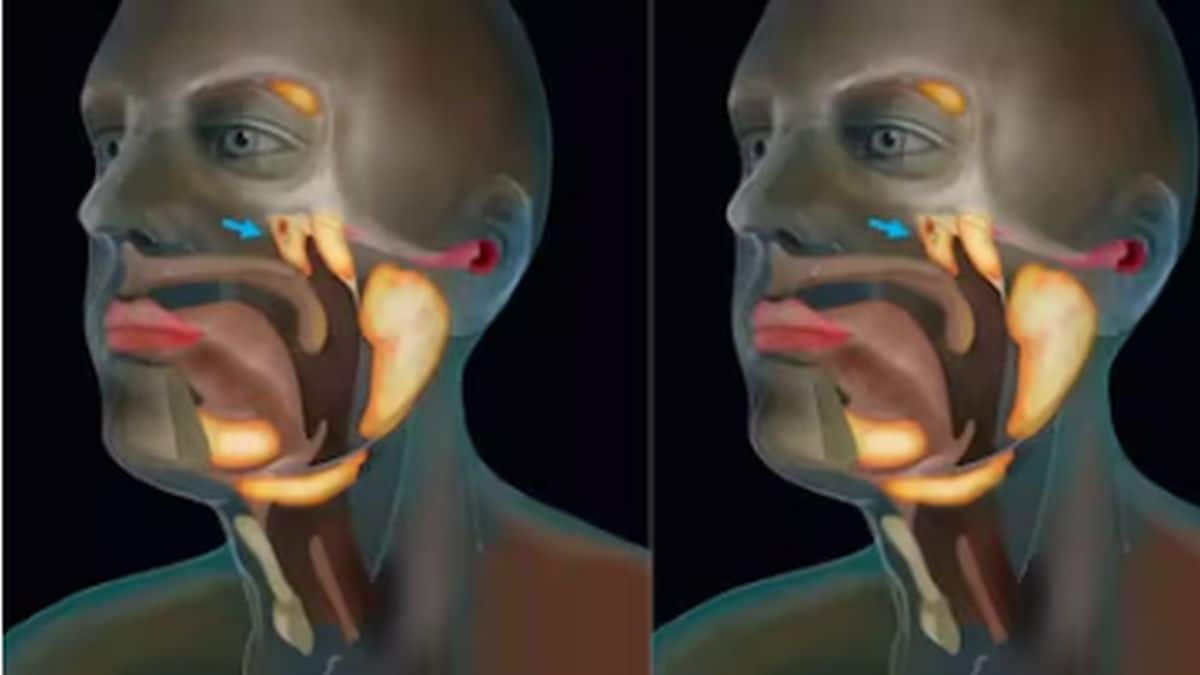On 17 August, Biswaroop Roy Chowdhury, reportedly shared a video on Twitter in which some young people claimed that masks are a way of manipulation and slavery which the government is trying to enforce upon the masses. The post was reportedly taken down by Twitter but by then, it already had more than six lakh views. While the video was still available on Youtube until Wednesday morning, that too has been taken down now. The video also claims that the virus is too small to be contained by the mask and how there is no scientific evidence to prove the efficacy of face masks. “This is mind manipulation,” one of the people in the video said. A computerised narration adds, “Today it’s a mandatory mask, tomorrow it’s a mandatory vaccine, a digital ID and the list goes on." This is not the first time Chowdhury’s name has come up in conspiracy theories related to the pandemic and the youngsters who featured in the video are not the first group to have such beliefs. Earlier in February, Chowdhury, supposedly a medical practitioner, had made multiple comments about how coronavirus is a business of fear and not really something to worry about. Misinformation with regards to the virus, the precautions that ought to be taken and a possible vaccine, is also rampant in the US. Experts have been warning the public over and again to be mindful of the information they absorb from social media. Here are three common claims about face masks and the truth about them. Myth 1: Viral particles too small to be captured by face mask This is one of the most common myths that is doing the rounds. It goes on to say that the virus is too small to be stopped by a mask, which makes wearing a mask pretty useless. Truth: Face masks are worn to control the droplets that spread when an infected person sneezes, coughs or even talks near you. There are various studies that show how various types of masks and even face covers can reduce the spread of contaminated droplets to varying distances. Keyword being ‘reduced’; no one is claiming masks are 100 percent effective or that they can filter each and every particle. Scientists have even checked and compared the effectiveness of loose bandanas and single layer masks with that of multiple layer face covers and have found that while each added layer provides more protection, wearing any covering is better than nothing at all. Masks may also keep you from touching your face subconsciously, which is another recommended precaution. A study published in June 2020 in The Lancet also suggested that face masks can significantly reduce your risk of infection. Myth 2: The mask causes you to breathe in carbon dioxide A lot of people believe that face masks make more carbon dioxide go into their body which leads to dizziness and headaches. Truth: According to the World Health Organisation, even extended use of medical masks does not “trap” carbon dioxide in your body. When worn in the right way, masks allow adequate airflow while also helping you stay safe. Masks do not make you breathe in less oxygen either. Experts say that both oxygen and carbon dioxide molecules are too small to be stopped by the mask. Myth 3. Masks make you inhale more bacteria, which is more harmful than anything else The video mentioned above also claims that a lot of bacteria can form on face masks, which is a real danger to your body. Truth: It is true that bacteria, fungi and even viruses have been seen on mask surfaces, especially on the outside surface. Experts have been suggesting to wash face masks, especially the cloth ones, to keep the microbial load to a minimum. “Your mouth contains more than 700 species of microorganisms but not all of them are harmful. Breathing in and out in your mask is not going to increase the risk of inhaling more bacteria than you already have in your mouth. Most of the oral infections that have been reported due to prolonged wearing of masks are either due to entrapment of humidity inside the mask or due to the drying of the mouth. The humid environment allows bacteria and fungi to grow in and around the mouth, causing infections such as angular cheilitis (infection at the corners of the mouth), while dry mouth promotes gum infection and cavities,” says Dr Sonia Bhatt, a dental surgeon associated with myUpchar.com. According to Dr Bhatt, even before the COVID-19 pandemic struck the world, dentists had been using surgical masks on a regular basis to protect themselves from the aerosols generated while working inside the patient’s mouth. Even after doing so on a daily basis, they do not experience any health issues. For more information on the correct use of face covers, read our article on How to use and wash homemade face covers Health articles in Firstpost are written by myUpchar.com, India’s first and biggest resource for verified medical information. At myUpchar, researchers and journalists work with doctors to bring you information on all things health.
There are various studies that show how various types of masks, and even face covers, can reduce the spread of contaminated droplets to varying distances
Advertisement
End of Article


)

)
)
)
)
)
)
)
)



